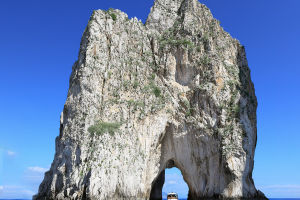The majestic Rocky Mountains, an iconic and awe-inspiring natural wonder, are not only a visual spectacle but also a source of life-giving water.
This breathtaking mountain range stretches across North America, running from New Mexico in the United States to British Columbia in Canada. Among the many features that define the Rockies, the glaciers and rivers hold a unique significance, shaping the landscape and impacting the ecosystems that thrive within their embrace.
Glaciers, often referred to as nature's slow-moving rivers of ice, are some of the most remarkable features of the Rocky Mountains. These massive ice bodies are remnants of ancient climatic conditions, where snowfall exceeded melting rates over extended periods, resulting in the accumulation of compacted snow and ice. Over time, the sheer weight and pressure transform these layers into glaciers that slowly flow downhill, carving their way through the rugged terrain.
One of the most notable glaciers in the Rocky Mountains is the Athabasca Glacier, located in Jasper National Park, Canada. This icy giant has been captivating visitors for generations, offering a glimpse into the world of glacial processes. However, the Athabasca Glacier, like many others around the world, has been receding due to the impacts of climate change.
The retreating glaciers have far-reaching consequences, affecting not only the availability of freshwater but also altering ecosystems and impacting local communities that rely on glacial meltwater for various purposes.
The rivers of the Rocky Mountains, born from melting glaciers and perpetual snowfields, play a vital role in shaping the landscape and sustaining life. These rivers are the lifelines of the region, providing water for drinking, agriculture, and recreation, and supporting diverse ecosystems along their course.
The Colorado River, one of the most iconic and significant rivers in the Rockies, traverses seven U.S. states and two Mexican states, carving out the awe-inspiring Grand Canyon along its path. Its tributaries, including the Green River and the Gunnison River, contribute to the intricate network of waterways that crisscross the region.
The relationship between glaciers and rivers in the Rockies is symbiotic. The melting glaciers feed into the rivers, ensuring a steady flow of freshwater downstream. This meltwater serves as a crucial water source, particularly during the dry summer months when precipitation is scarce. The cool and clear waters of these rivers also create ideal conditions for various aquatic species, such as trout, salmon, and other fish, to thrive.
Beyond their practical importance, the glaciers and rivers of the Rocky Mountains also hold immense cultural and recreational value. Countless outdoor enthusiasts are drawn to these pristine waters for activities such as fishing, kayaking, white-water rafting, and simply enjoying the tranquil beauty of nature. Indigenous communities that have inhabited the Rocky Mountains for generations hold deep spiritual connections to these waters, viewing them as sacred and integral to their way of life.
However, the delicate balance between glaciers and rivers is under threat due to the changing climate. As temperatures rise, the rate of glacier melt accelerates, leading to altered water flows and potential shifts in river dynamics. The reduced glacial meltwater can impact not only the availability of freshwater downstream but also the overall stability of ecosystems that have evolved around these natural water sources.
The glaciers and rivers of the Rocky Mountains are not just geological wonders, but vital components of a complex and interconnected ecosystem. They shape the landscape, sustain life, and inspire awe and reverence in those fortunate enough to witness their splendor. As we navigate the challenges posed by a changing climate, it becomes imperative to safeguard these natural treasures, ensuring that future generations can continue to marvel at the dance between glaciers and rivers that has unfolded for millennia.


